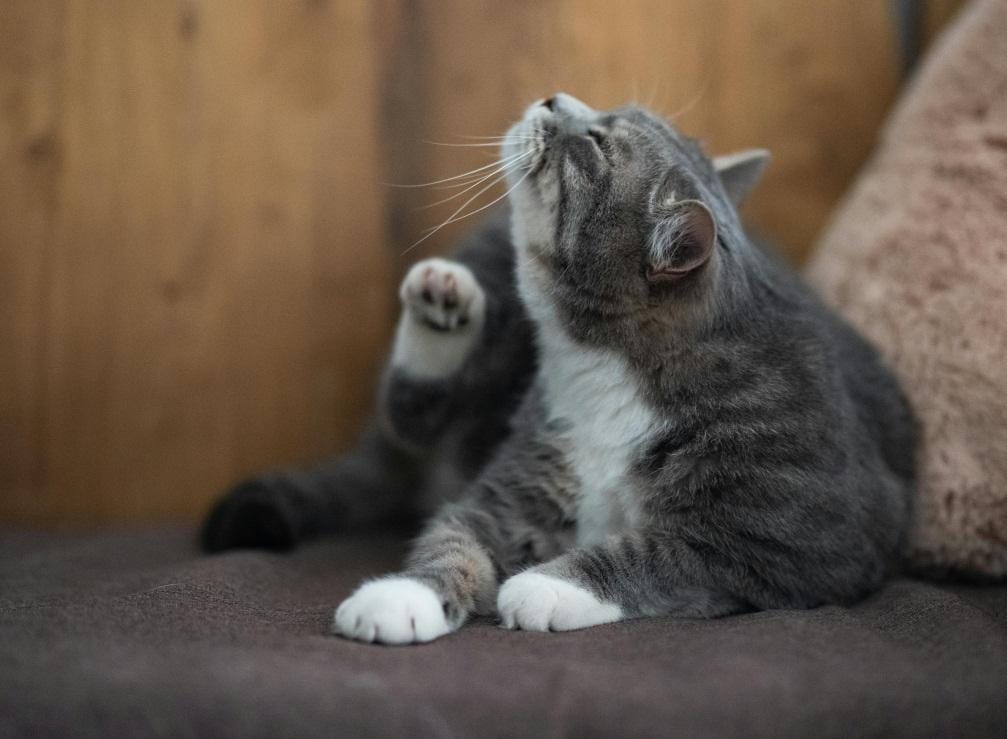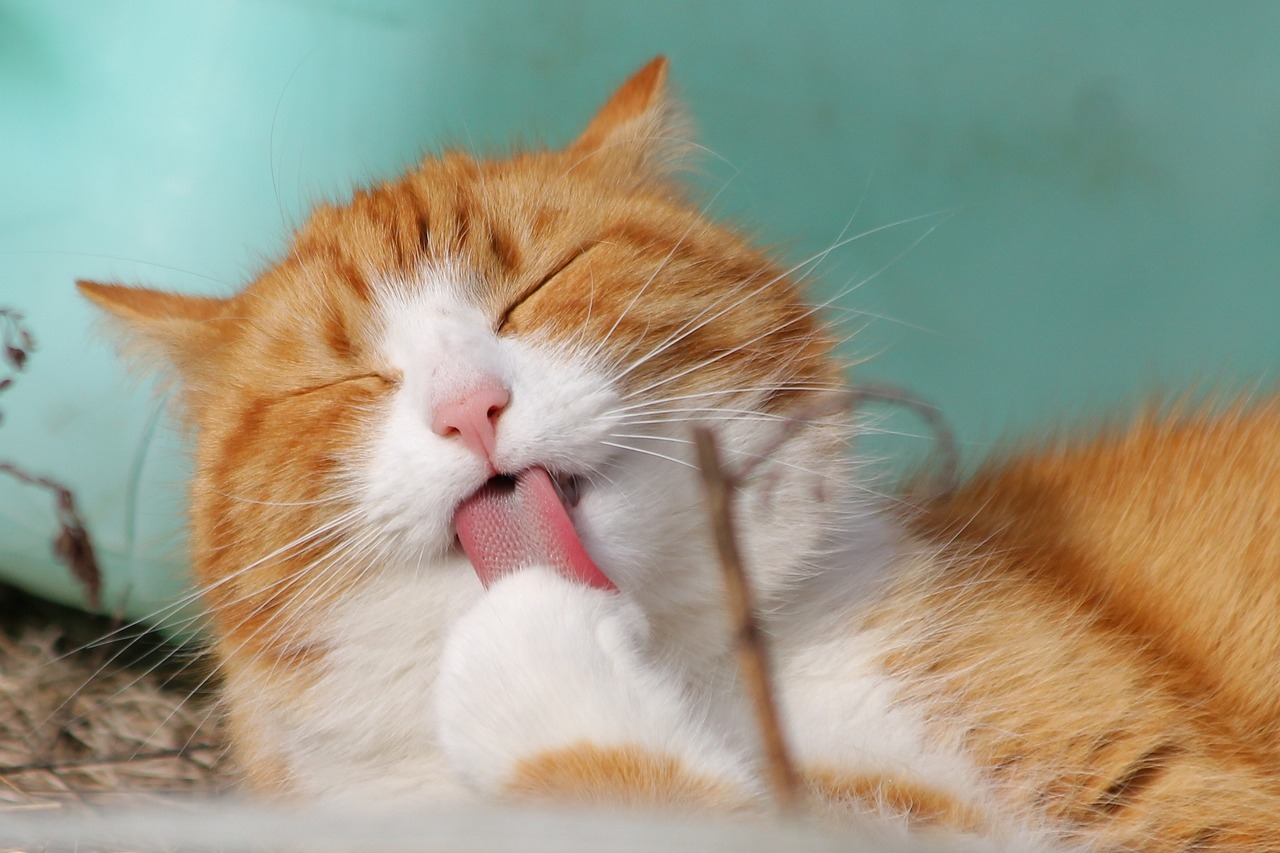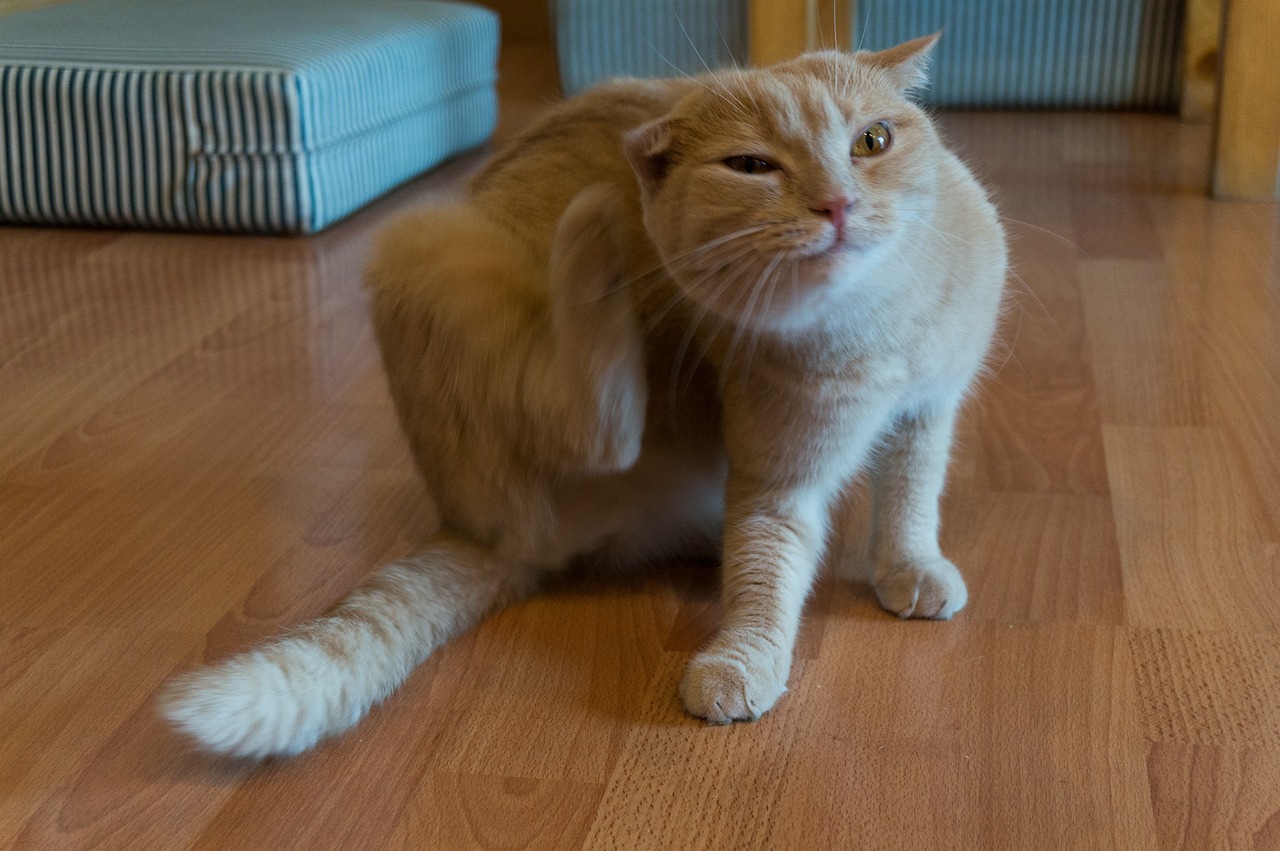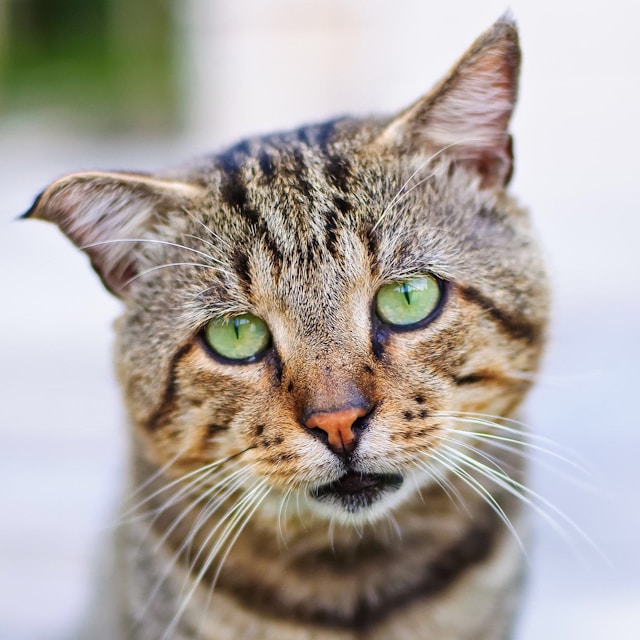Manx

| OFFICIAL NAME | Manx |
| COMMON NAME | Manx |
| PET HEIGHT | 7 to 11 inches |
| PET WEIGHT | 8 to 12 pounds |
| LIFESPAN | 9 to 13 years |
| GOOD WITH | cats, families, seniors |
| TEMPERAMENT | affectionate |
| INTELLIGENCE | high |
| SHEDDING AMOUNT | normal |
| PLAYFULNESS | medium |
| ENERGY LEVEL | active |
| VOCAL LEVEL | when necessary |
| COAT LENGTH | short |
| COLORS | black/ebony, blue/gray, chocolate/brown/sable, cream/beige/tan, red/orange, white |
| OTHER TRAITS |
friendly toward humans, high potential for weight gain, high prey drive, requires lots of grooming, tolerates being alone |
Because of a spontaneous genetic mutation, it has all the adorable cat characteristics but without the tail. Think of it like the diet cat.
For centuries, these felines have ruled the charming island of the Isle of Man in the Irish Sea. Due to their fantastic hunting abilities, gentle nature, and modest manner, they have been a favorite companion of farmers and sailors.
Appearance
The Manx cat is easily recognized by its rounded overall appearance. When standing or moving, it has a rounded shape from its head to its eyes, ears, and even its hind legs, which are longer than its front legs. It frequently hops with both hind legs together, resembling rabbits.
Their double-coated, thick fur sheds well and offers superior protection from the elements and water. Manx cats come in various colors and patterns; the more common varieties are orange, tabby, and tortoiseshell, while all-white and color-pointed varieties are uncommon.
Though they are usually short-haired, Manx cats can also have long hair; in some areas, these cats are sometimes classified as Cymrics. Manx cats have no tails because of a natural genetic mutation that spread throughout the island, most likely due to its remote and sparse population.
Personality
Manx cats are renowned for being incredibly good with families. They frequently develop strong relationships with one or two individuals and are intelligent, playful, loving, and affectionate. They frequently have preferences among family members and generally tend to be affectionate toward many members of the family and guests, including kids.
The majority of Manx cats are active, but not exceptionally so. When their boundaries are respected, they usually get along well with well-behaved kids and don't bite or become irritable quickly. It's crucial to teach kids how to treat cats gently and respect their need for space when playtime is over to avoid stress and possible bites.
Even with other animals, Manx cats are usually very gregarious. Harmony between all the household pets is more likely to occur when they are introduced early on, mainly when they are kittens. Everyone's stress level gradually decreases when animals are introduced. Until your Manx and other pets feel at ease with one another, it is imperative that you monitor their interactions. They should be cautiously introduced to small animals, such as rodents or reptiles, as this could awaken their hunting instincts.
Living Needs
The Manx cat doesn't need anything unusual because it is very adaptive. They like to play fetch and are relatively active. They also respond well to clicker training and can pick up vocal commands. Manx cats are excellent jumpers with strong hunting instincts, so they will likely chase something if they disappear for a while.
They are great additions to households with several pets, mainly if they gradually acclimate to their new animal friends. Initially, providing the cat a secure haven, like a room with necessities like food, water, and litter boxes, is beneficial. By allowing for gradual introductions via scent and, eventually, sight, keeping the new cat in this area can help them get used to their surroundings more quickly.
Care
The Manx cat's double coat requires routine maintenance to maintain its quality. Brushing the coat daily to keep it neat and shiny and cut down on tangles and loose hair is advised. Manx long-haired and short-haired cats shed more in their shedding seasons, so expect to see some extra fur.
Like any cat, you should regularly clip your Manx's nails to avoid them clicking on the floor or inadvertently scratching you. Their comfort depends on having a clean litter box and toys to play with—like hunting and scratching—which keeps them occupied and content.
Health
The taillessness of the Manx cat can cause specific health problems, most notably "Manx syndrome," caused by spinal cord problems due to the shortened spine. This may impact gastrointestinal, bladder, and bowel movements, possibly leading to constipation or incontinence. While Manx with stubby tails can be more susceptible to bacterial infections, some with partial tails may develop arthritis. The breed is also prone to corneal dystrophy and may get mega colon, a dangerous illness that results in chronic constipation. To effectively manage these health risks, timely veterinary care and routine monitoring are essential.
Exercise Requirements
Play helps Manx cats release energy and relieve stress because they are naturally muscular and energetic. Although they don't need much exercise, they frequently stay more active than other cat breeds because of their prolonged, playful nature. An abundance of toys that stimulate their minds, like puzzle toys and cat trees, can aid their weight management and mental stimulation.
Training
The Manx originated on the Isle of Man, located in the Irish Sea. The first recorded image of the breed is in a painting dating to 1810. Still, evidence suggests they were present on the island in their current form as early as 1750. The gene for this cat's distinctive lack of a tail is dominant and spread rapidly through the cat population isolated on the island. It is theorized that during the period when the Vikings were in control of the Isle of Man, the longhair gene was introduced via Norwegian Forest Cats. The original island cats were short-haired. A "working cat" by trade, the Manx is known for its intelligence and excellent personality. The breed was one of the founders of the CFA in 1906, and they appeared in the first cat shows to be held in Great Britain.
History
The Irish Sea island of Man is where the Manx cat first appeared. The gene responsible for the breed's distinctive taillessness is dominant and rapidly spread among the island's isolated cat population. The earliest known image of the breed is from 1810, but evidence points to their existence as early as 1750. The longhair trait is thought to have been introduced later by Norwegian Forest Cats who ruled the Isle of Man during the Viking era. These once-short-haired cats were considered adept "working cats" because of their sharp minds and amiable personalities.
The Manx breed was present at some of the first cat shows in Great Britain and was instrumental in founding the Cat Fanciers' Association (CFA) in 1906.
Fun Facts
Because of its unique appearance, the Manx cat has become popular in TV, movies, and books. Among the notable references are Mac Manc McManx from the comic strip "Get Fuzzy," the Manx Cat who opposes Paul Gallico in his 1968 children's book "Manxmouse: The Mouse Who Knew No Fear," and Stimpy from "The Ren & Stimpy Show."
In addition to entertainment, the Manx have impacted other fields. The Norton Manx motorcycle line promoted its brand by using Manx cat badges with enamelled metal pins and sew-on patches.
The cat's short, stubby body inspired the Meyers Manx, an iconic dune buggy based on the Volkswagen Beetle.
In addition, a well-known flying model aircraft from the late 1950s called the Manx Cat or Manx Cat V, was made of balsa wood and sold as a kit. It got its name from its unusually short tail.
Get insurance plans with wide-ranging coverage options













